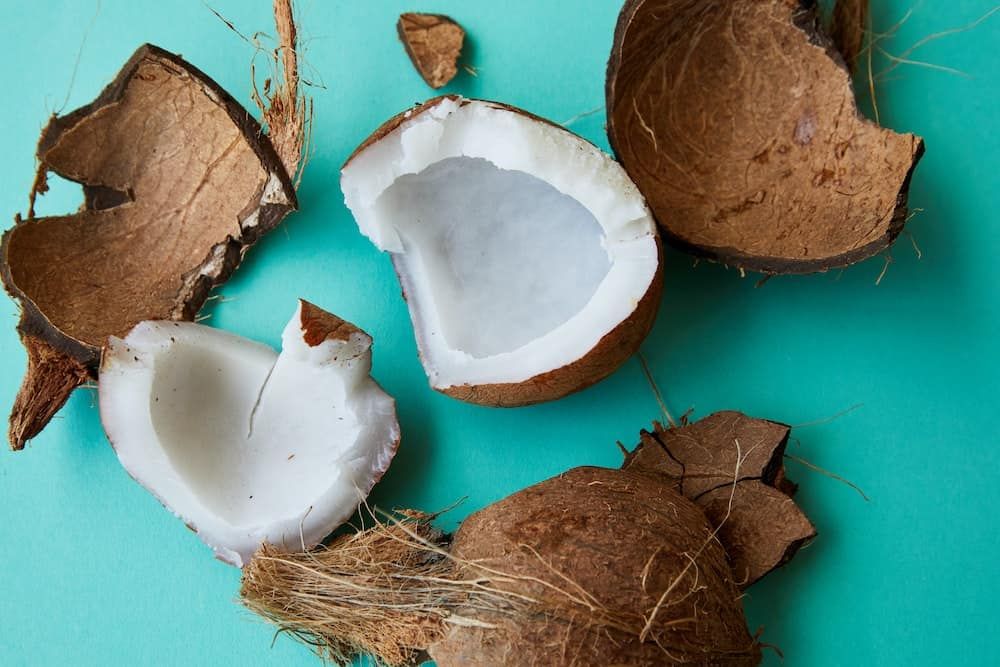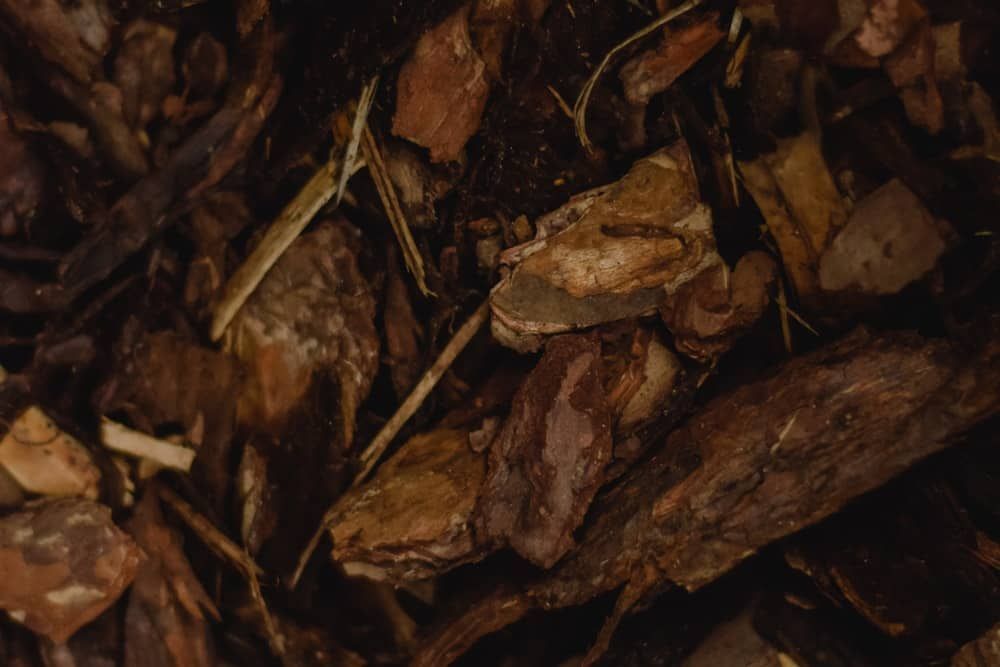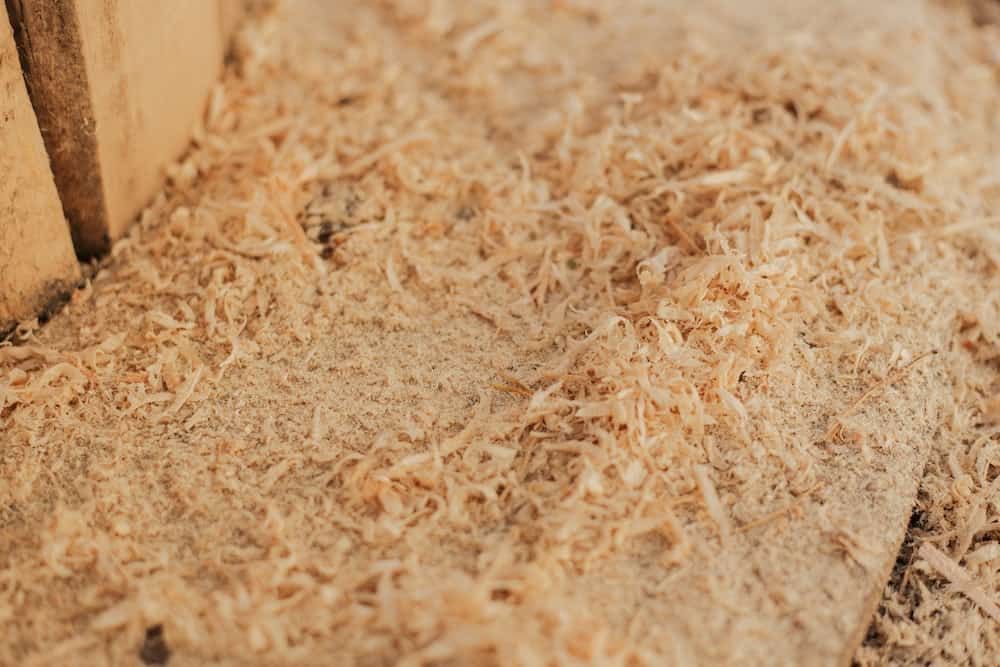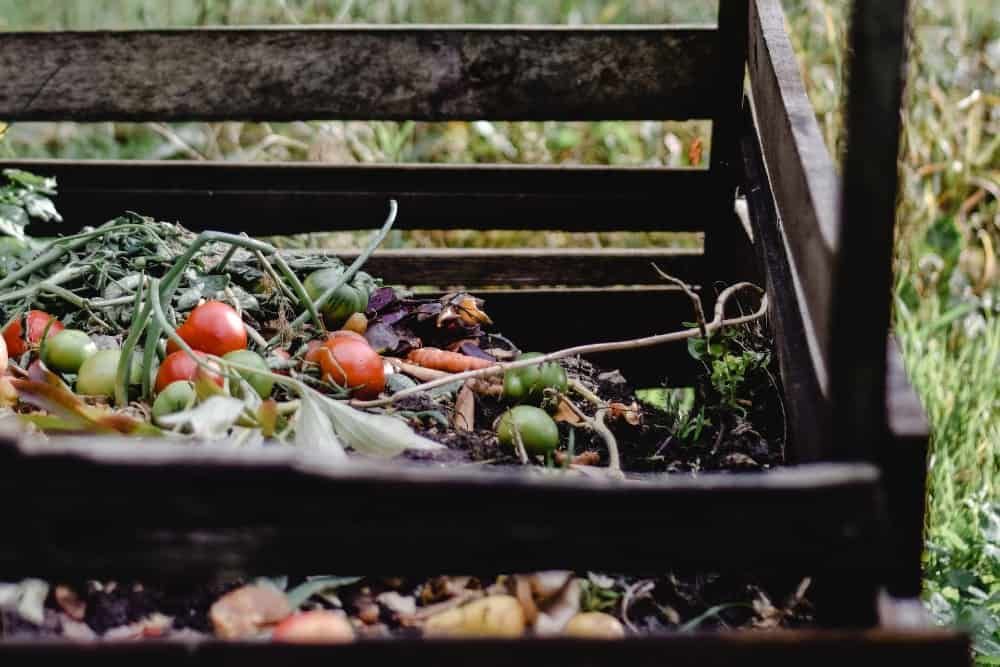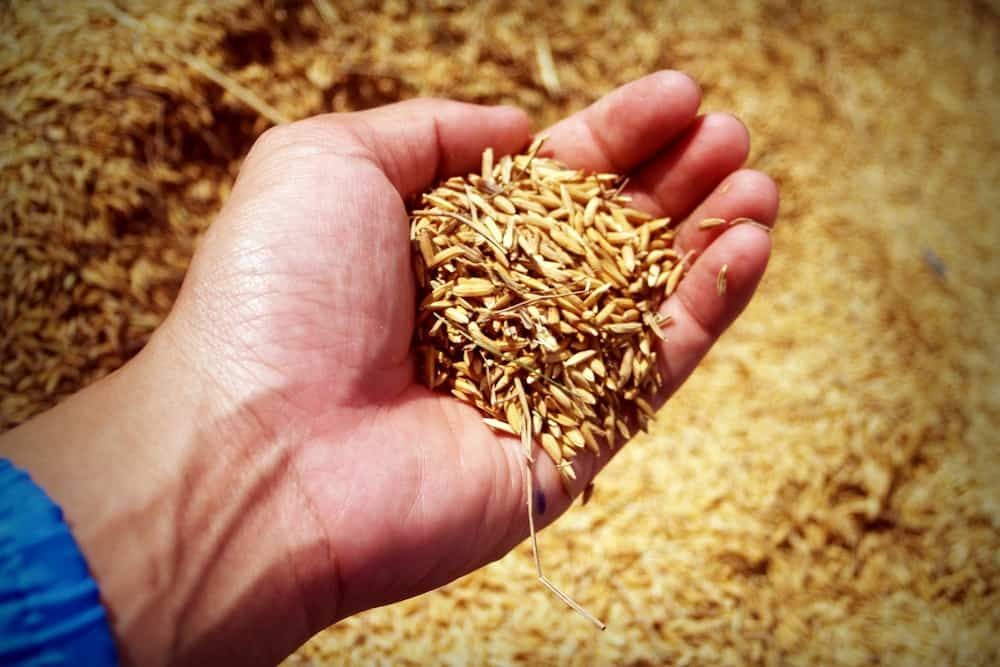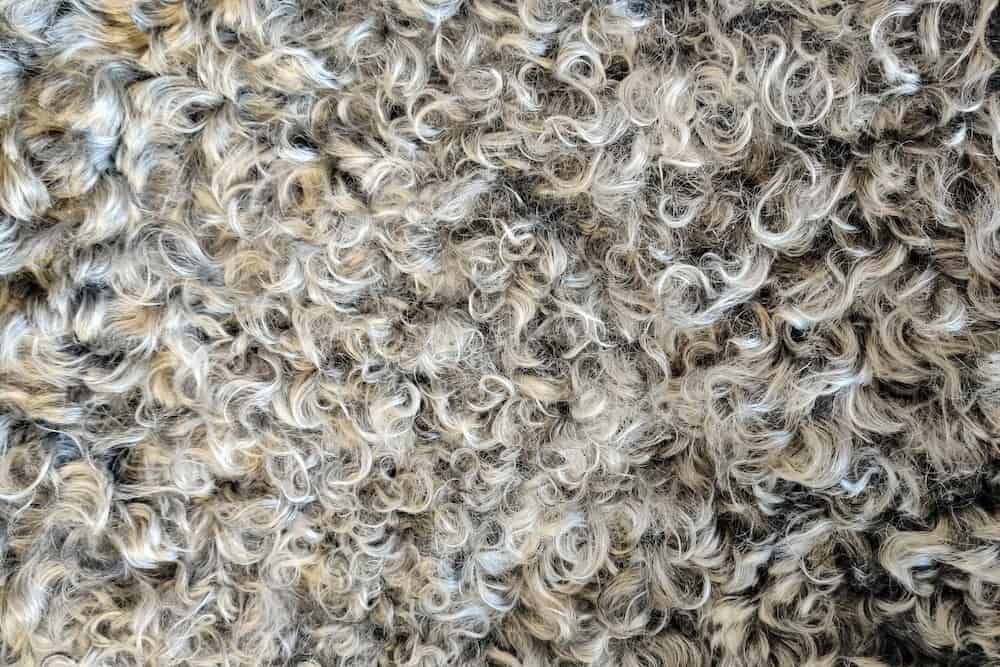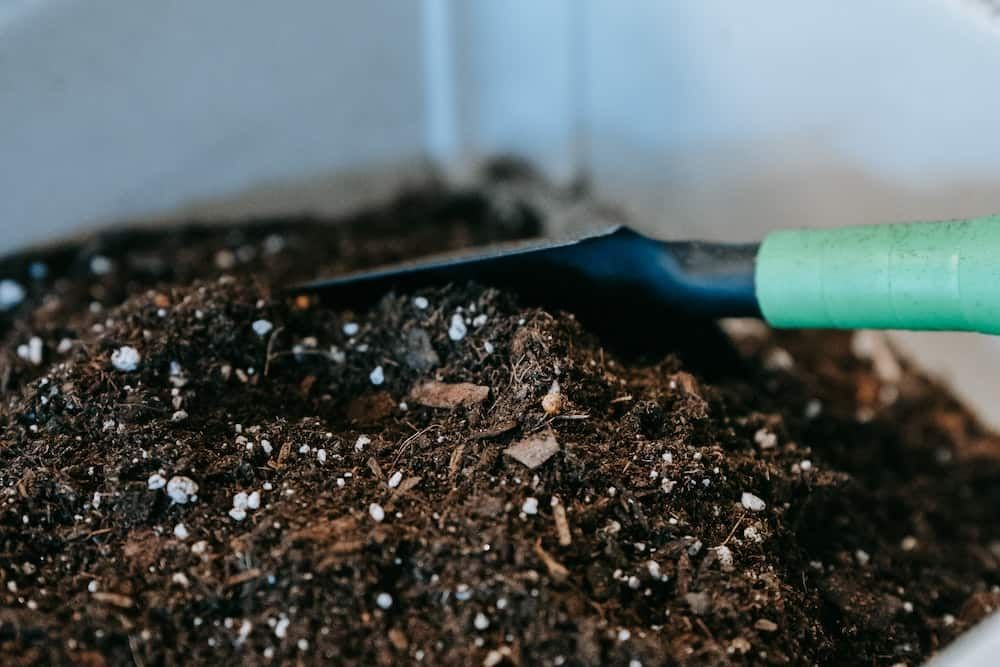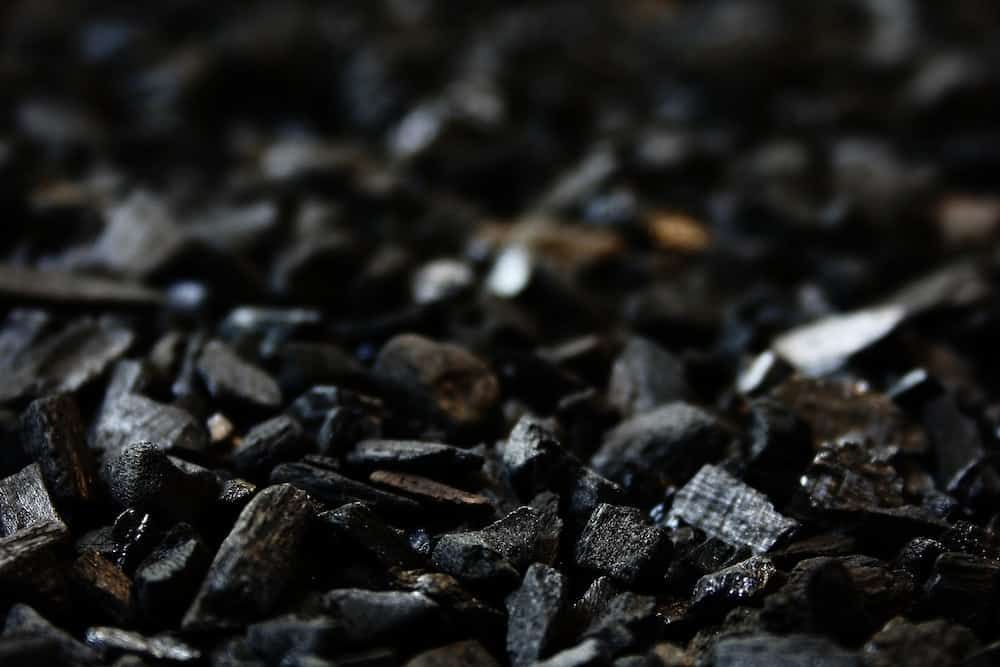Peat moss has been available and widely used since the 1950s. However, in recent years, with more eco-conscious consumers, its alternatives are rising in popularity. It takes hundreds of years to grow and is harvested at an unsustainable rate. It’s also acidic, making it not the best medium for all plants, especially since it provides very little nutrients.
The peat moss in potting soil mixes or individual bags is the organic material waste from sphagnum moss. You can use it as an additive to soil to improve water retention, drainage, and aeration. You can also buy live sphagnum moss for lining terrariums and as a growing medium for carnivorous plants.
There are many factors to consider when creating the ideal growing medium for your plants. Whether you grow annuals, perennials, houseplants, herbs, fruits, vegetables, or shrubs, you want the best soil for them to thrive. Here are nine peat moss alternatives.
1. Coconut Coir
Image credit: Laker via Pexels
The number one peat moss alternative you can find in your local garden center is coconut coir. It is a renewable resource that isn’t in short supply. You can use the byproducts of the coconut industry to make commercially available coconut coir.
Coconut coir isn’t acidic like peat moss, making it more versatile for a variety of plants. It also helps with water retention, drainage, and aeration. You can use coconut coir for both indoor and outdoor gardening.
2. Vermiculite
Image credits: LaureniFochetto via Canva
Vermiculite is derived from rocks and is a common soil additive that helps with both water retention and aeration. You can use it in addition to peat, but when mixed with other additives, it can also be an alternative.
It is often used with perlite for houseplant soil mixes, but you can also add it directly to your garden beds. Not to mention, vermiculite is a good medium for growing mushrooms.
3. Bark
Image credit: Eva Bronzini via Pexels
Another alternative to peat is bark. You can use wood chips and bark to top garden beds, assisting with water retention. Mix them into the soil to help with water retention and aeration.
Over time the wood will break down in the dirt. To speed up this process and release the nutrients faster, you can compost the bark first.
4. Wood Fiber
Image credit: Ron Lach via Pexels
Do you have extra sawdust from DIY projects? It might be perfect for the garden! Wood fiber will help with aeration and water retention.
The pH of wood varies by type, and some are acidic, so be careful depending on what you’re growing. Blueberries thrive in acidic soil, but asparagus likes alkaline soil.
5. Compost
Image credit: Eva Bronzini via Pexels
Compost is an excellent additive for soil that is high in nutrients and helps with water retention. To increase aeration, use compost with rice hulls or another additive that helps with aeration.
There are many types of compost to choose from. Green compost, mushroom compost, and worm compost are the most popular on the market.
If you’re composting yourself, green composting is great for the garden. Making your compost also allows you to experiment with the composition to suit your land and plants best.
6. Rice Hulls
Image credit: iconO.com via Pexels
You can use rice hulls as an alternative to peat moss or in place of perlite, which is another common soil additive. Rice hulls help with aeration and drainage, but they don’t hold water as well as peat moss. Since rice hulls are light, they tend to float to the top of the soil.
7. Sheep's Wool
Image credit: Peter Holmboe via Pexels
Gardeners have been using sheep's wool for longer than peat moss, but it's a relatively new alternative in the commercial market. It's high in potassium, sodium, iron, and phosphorus. It’s also great for water retention and keeping the weeds out.
8. Anaerobic Digestate
Image credit: Sasha Kim via Pexels
Anaerobic digestate is considered a controversial product, so it can be difficult to find on store shelves. This product aids in breaking down organic matter. This process is similar to composting but occurs in an oxygen-free environment. If you don't do it correctly, the results will not be suitable for edible plants.
For gardening, use it with household scraps you would normally put in your compost. It’s a great fertilizer, and it helps with water retention.
9. Biochar
Image credit: Pixabay via Pexels
Biochar is a new alternative to peat moss on the market. It's made from softwoods and other organic waste materials. It looks like charcoal but is burnt in an oxygen-free environment. What’s leftover is pure carbon.
Biochar has excellent water retention, drainage, aeration, and a more neutral or alkaline pH. It also helps to deter pests. If you’re feeling ambitious, you can even make biochar yourself.
Mix it Up
If you’ve been using peat moss for years, it may be time to switch it up. Research shows that rotating the types of amendments you add to your gardens will increase the health of your plants. The greater the variety, the better.
What do you like to add to your gardens? Let us know in the comment section below, and as always, please share!


